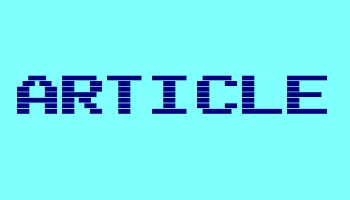TITLE
The Destruction (and Reconstruction) of Destructible Environments in Video Games
AUTHOR
Ben Lindbergh
PUBLICATION
The Ringer
YEAR
2024
ARTICLE TYPE
Article
FROM THE ARTICLE
In the summer of 1998, John Slagel received an assignment: Give gamers unprecedented power to blow stuff up.Slagel was a programmer at Volition, a Champaign, Illinois-based video game developer known for the Descent series of fully 3D, flight-based, first-person shooters, which had started at Volition’s precursor studio, Parallax Software. When Descent 4 was canceled, some of the work Volition had put into the sequel was repurposed toward an original shooter, Red Faction. The new game, which was slated for Windows and PlayStation 2, would feature a rebellion of downtrodden miners on Mars. It would also aim to deliver a landmark technology: destructible environments.
“Some games did do the idea of, you could destroy a chair, or a barrel, or crate,” lead designer Alan Lawrance says. “And that was fun. We just wanted to take that beyond that and actually destroy the walls, or the ground, or bring down a structure.” The problem was, no one knew how to implement physics-based destruction on that scale, a much more complex undertaking than the more primitive environmental mayhem in 2D games like Dig Dug (1982), Rampage (1986), or Worms (1995). “When we came up with the desire to make a game with destruction in it, we looked to see what was out there, and there really wasn’t anything,” Lawrance says. “And we decided to take that challenge on.”
At first, we was me. “It fell on me,” Slagel, Red Faction’s lead programmer, recalls of his labors, which began before Descent 4 morphed into Red Faction. “Basically, I had a summer where they said, ‘Get this done.’”
COMPANIES MENTIONED
DICE
Volition
GAMES MENTIONED
Battlefield: Bad Company 2
The Finals
Red Faction
Red Faction: Guerrilla
Teardown
PEOPLE MENTIONED
Matt Gawalek
Dennis Gustafsson
Mikael Högström
Alan Kertz
Alan Lawrance
John Slagel
Joakim Stigsson

